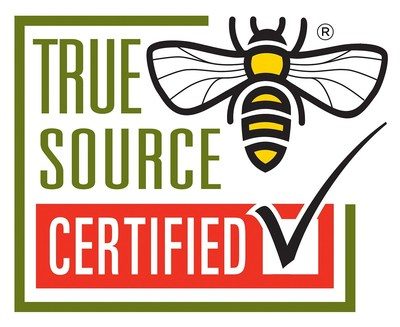"The True Source Certified standards previously required its packers to maintain a system to analyze honey authenticity, but had not specified exact testing methodologies," said Gordon Marks, Executive Director of True Source Honey, in the press release. "The newstandardsspecify authenticity testing which utilizes longstanding approved methods along with cutting-edge technologies to detect sugar/syrups."
Certified honey is tested for authenticity by an accredited laboratory using either EA/LC-IRMS and Nuclear Magnetic Resonance profiling or EA/LC-IRMS and High Resolution Mass Spectrometry analysis. This is in addition to the pollen analysis requirements for shipments of honey from high-risk countries.
Related: Sweetening Up Building Trust: Third-Party Lab Testing and Certifications Wholesome Sweeteners Acquired by Whole Earth Brands
"True Source Honey launched the True Source Honey program ten years ago in response to illegal shipments of honey from China. The honey claimed to be from other countries to avoid U.S. tariffs on Chinese origin honey," said Marks. "While most honey comes from high-quality, legal sources, adulterated honey and illegally sourced honey remains a global issue that undercuts fair market prices and damages honey's reputation for quality and safety."Auditing and certification for the True Source Honey program is conducted worldwide by NSF International.










